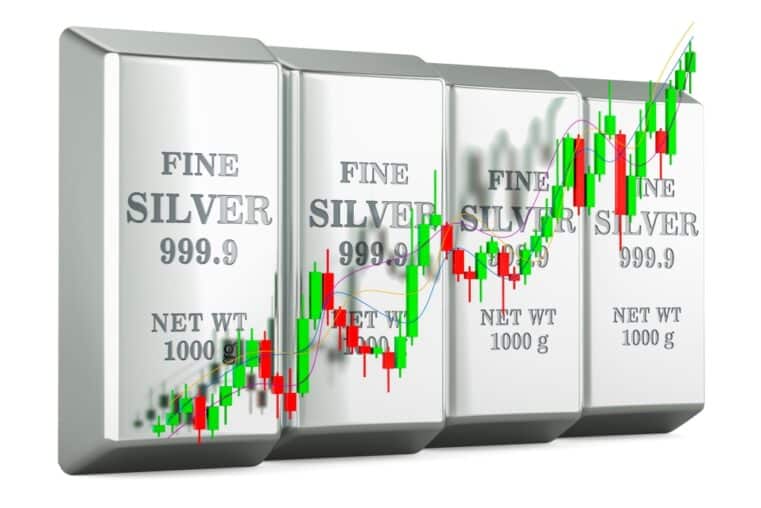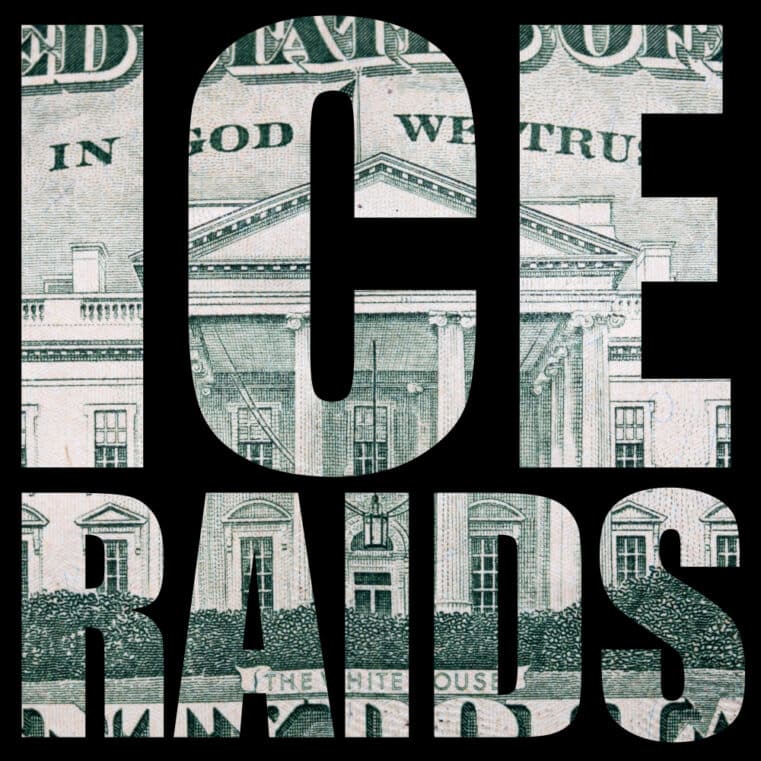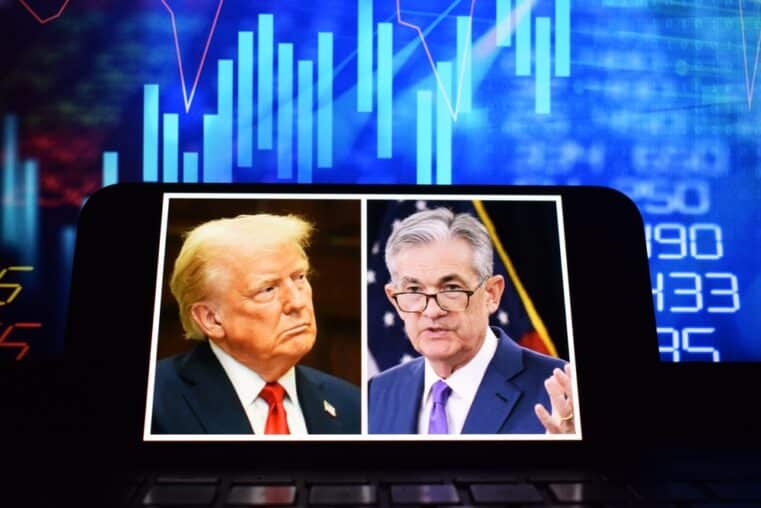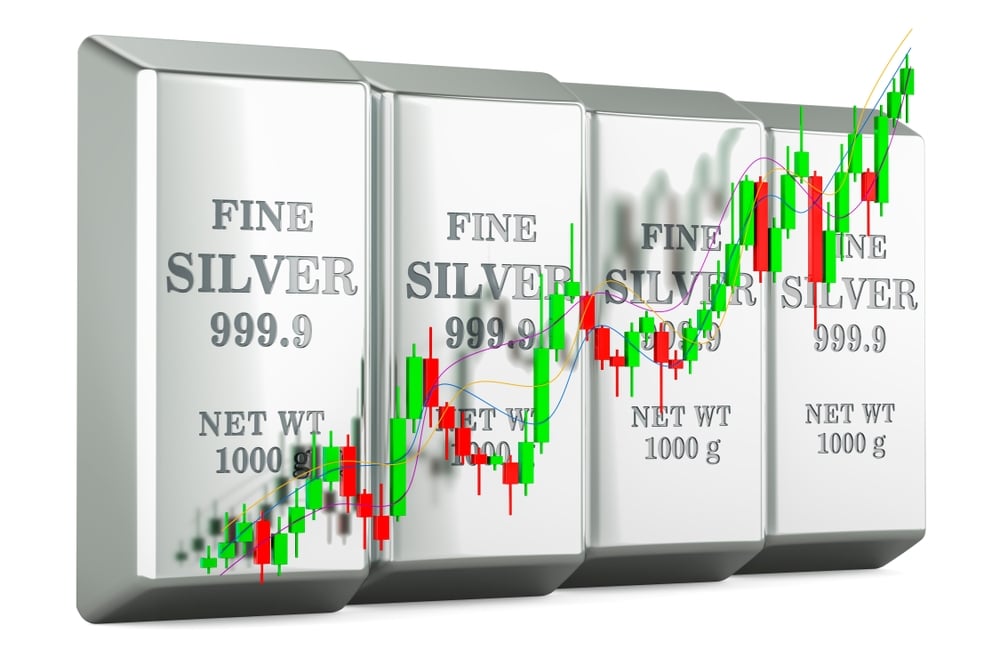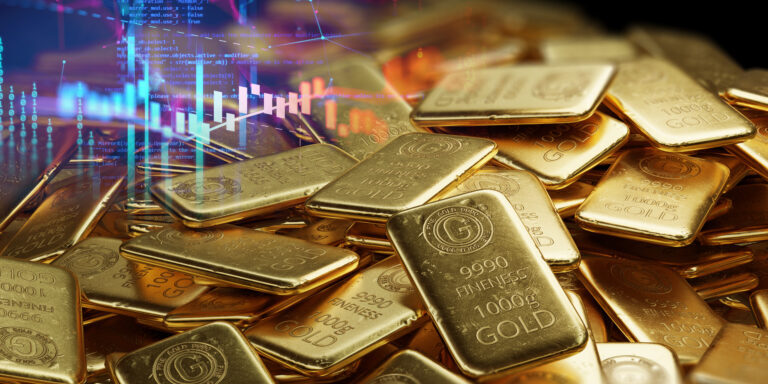
Gold's Grand Comeback: A Shift in Central Bank Strategies Post-BoE Sale
(Kitco News) - The gold market just celebrated a major anniversary, even as it now witnesses the start of a paradigm shift in global demand.
On May 7, 1999, the Bank of England made history after announcing that it would sell roughly half its gold reserves. Within two months, the BoE auctioned off 395 tonnes of gold and raised $3.5 billion, which it piled into the bond market, including European bonds, just months after the creation of the European Union.
The Bank of England currently holds 310.3 tonnes of gold, representing about 12% of its total foreign reserves.
The announcement and subsequent auction drove gold prices to a historic low of $252.80 an ounce. The July low is commonly referred to as the Brown Bottom, a reference to Gordon Brown, who was the Chancellor of the Exchequer and announced the gold sales.
Although the BoE’s gold sale was controversial at the time, some analysts have noted that there was a logic behind the decision.
In an interview with Kitco News, Ronald-Peter Stöferle, Managing Partner and Fund Manager at Incrementum AG, said that by May 1999, the gold market had done basically nothing for 20 years and the yellow metal was seen by many as an outdated relic.
He described the mid-1990s and early 2000s as a time of “great moderation,” as inflation was under control and the global economy was expanding.
Stöferle said that while the BoE’s gold sales still get a lot of attention even 25 years after the fact, other central banks were also selling off their gold reserves. The Bank of Canada started selling its gold in the early 2000s, liquidating the last of it in 2016. Argentina, the Netherlands, Austria, and France sold gold in the early 2000s.
According to the World Gold Council, there was growing concern at that time that uncoordinated central bank gold sales were destabilizing the market, driving the gold price sharply downward.
Following the BoE announcement and the rapid collapse of the gold price, central banks agreed to limit their gold sales. The first Central Bank Gold Agreement, also known as the Washington Agreement on Gold, was announced on Sept. 26, 1999. Agreements were renewed every five years, in 2004, 2009, and 2014, with the final agreement expiring in September 2019.
Tavi Costa, Partner and Macro Strategist of Crescat Capital, said that the BoE’s decision made sense at the time as “bonds were dirt cheap.” When Brown made his announcement, 10-year U.S. bonds had a yield above 5%.
Costa pointed out that the current trend of physical dominance can be traced back to these gold sales, as central banks sold their gold to buy one another's debt.
“Central banks accumulating treasuries is what has allowed governments to run such a long period of time of negative budgets,” he said.
Costa added that with the clarity of hindsight, it's only now that the BoE’s gold sales look like a mistake. He noted that through most of the 2000, its bond purchases were profitable.
After the Great Financial Crisis, the bond vs gold trade turned neutral, and it's only since the COVID-19 pandemic that the trade has now favored gold, Costa noted.
“It was a killer idea,” he said. “We went to the early 2000s all the way to 2011. That basically took that ratio of gold to U.S. Treasurys’ return rate back to the levels that they sold, so they still didn't lose any money. They even missed the bear market in gold, which was a good call for them. It’s just recently, when we surpassed record prices in gold, that the return rate has been positive.”
Stöferle also doesn’t see the BoE sales as a significant mistake. He pointed out that while it would cost tens of billions of dollars to buy that amount of gold today, it is still nothing compared to the liquidity governments flooded into markets to support the global economy devastated by the COVID-19 pandemic.
Specifically, the Bank of England’s balance sheet is nearly £1 trillion, which is still down from its highs of two years ago. The Federal Reserve’s balance sheet currently stands at $7.36 trillion.
“Their gold holdings are a drop in the bucket to the financing we see today,” he said.
25 years later…
Fast forward to today, and the global fiscal picture is completely inverted. Central banks have been steadily accumulating gold for the last 12 years. In fact, central banks have bought more gold in the last decade than they sold when the Gold Agreements were in place.
The WGC pointed out that central banks have been increasing their gold reserve at a record pace, buying more than 2,000 tonnes in the last two years.
Most recently, the WGC noted that in the first quarter of 2024 central banks bought 290 tonnes of gold, the strongest start to a year on record.
Costa said it’s not surprising that central banks are turning back to gold as the governments’ fiscal dominance has run its course.
“The game is over now because we're creating a de-globalizing environment,” he said. “There’s a need for central banks to improve the quality of their reserves for their own imbalances that they carry in their own systems, but also there's now a push towards owning a neutral asset, given what's happening with the escalation of de-globalization.”
While most of the demand for gold has come from emerging market central banks, Costa said that he expects the central banks of developed countries will also be purchasing gold once again.
He pointed out that emerging market central banks have a much greater need to diversify their holdings as most of this debt is already denominated in U.S. dollars, the world’s foremost reserve currency.
“When you have interest rates rising across developed economies, that immediately creates also FX volatility, which is something we've seen to some degree, but I think we could see a lot more. And emerging markets are the first ones to really suffer from that,” he said. “Purchasing gold ends up being one of the more neutral policies emerging markets take to improve the credibility of their monetary systems.”
Although developed nations have more flexibility in their monetary policy, Costa said that rising sovereign debt levels even as geopolitical tensions rise means the time to diversify is running out.
However, Costa said that he doesn’t expect major central banks to announce their gold purchase plans. He pointed out that after selling its gold at historic lows, the BoE would risk its credibility if it announced new gold purchases now, when the price is trading above $2,300 an ounce.
Stöferle noted that while emerging market central banks have been the dominant players in official sector gold demand, developed central banks are not entirely ignoring the trade.
He pointed out that the Monetary Authority of Singapore has been a consistent buyer of gold in the last few months; meanwhile, Poland was a significant buyer in 2023, and even the Czech Republic has steadily increased its gold reserves.
From September 2021 to March 2022, Ireland’s central bank also bought some gold.
“For central banks that have been looking for stability in currency markets, gold has done a tremendous job; it is doing what it's supposed to do,” he said. “As a currency hedge, gold has been by far the strongest currency in the last 24 years in euro terms.”
Stöferle said that he too expects it’s only a matter of time before developed market central banks start to buy gold. He anticipates that other financial players, such as sovereign wealth funds, will hedge more with gold.
However, he added that he expects these purchases will not be announced and will be made through the opaque over-the-counter markets.
“We're clearly seeing the end of the 60/40 portfolio,” Stöferle said. “We have seen that you can see significant losses, at least mark to market, on your bond holdings. The idea of bonds being the bedrock of your portfolio, that is at least being questioned.”
Not everyone is convinced that developed markets will be gold buyers in the next 25 years, however. Adrian Day, President of Adrian Day Asset Management, said that gold faces an institutional problem.
“Most central bank economists just simply don't believe in gold, [they think] that it’s an outdated relic,” Day said. “It’s going to take a massive shift in thinking to change this view.”
Day does expect emerging market central bank demand to remain strong because they have fewer safe-haven alternatives.
He added that he sees signs that the global bond market has just started a new long-term bear market cycle that could last 30 years.
This article originally appeared on Kitco News


